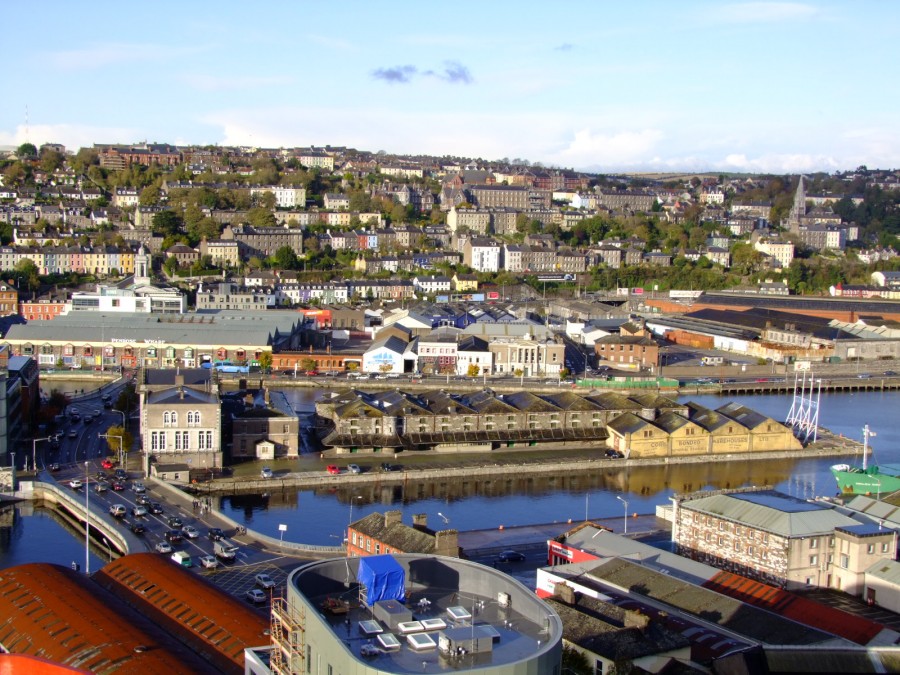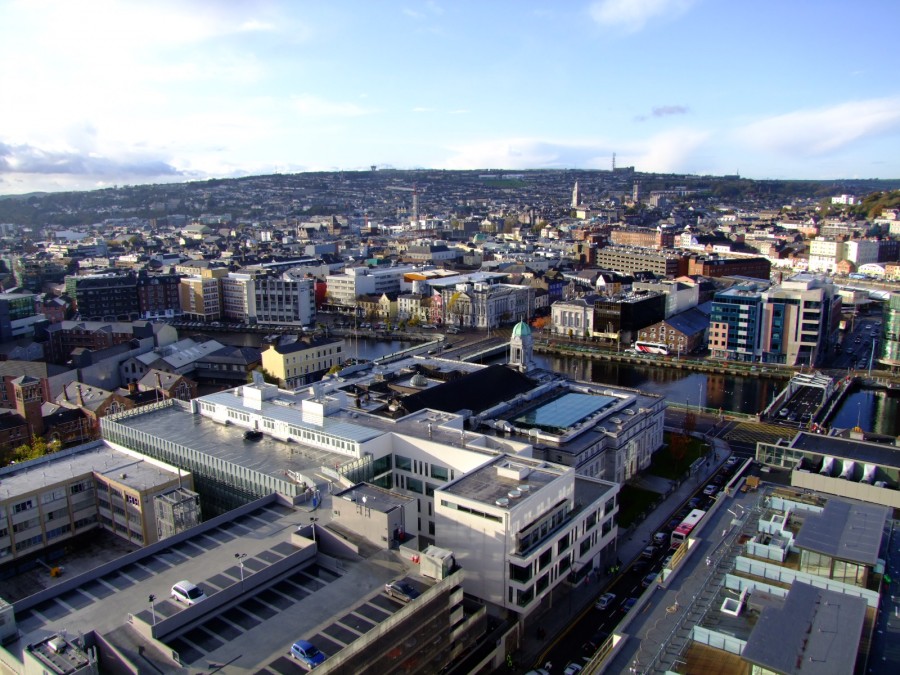Kieran’s Our City, Our Town Article,
Cork Independent, 18 August 2016
Cork Heritage Open Day 2016
Another Cork heritage open day is looming. The 2016 event will take place on Saturday 20 August. For one day only, over 40 buildings open their doors free of charge for this special event. Members of the public are allowed a glimpse of some of Cork’s most fascinating buildings ranging from the medieval to the military, the civic to the commercial and the educational to the ecclesiastical. This event was greeted with great enthusiasm by building owners and members of the public alike in 2015 with an estimated 25,000 people participating in the day.
It is always a great opportunity to explore behind some of Cork’s grandest buildings. With the past of a port city, Cork architecture has a personality that varied and much is hidden amongst the city’s narrow streets and laneways. It is a photogenic city, which lights up with sunshine as it hits the limestone buildings. Much of its architecture is also inspired by international styles – the British style of artwork and nineteenth century brick pervading in most cases– but it’s always pays to look up in Cork and marvel at the Amsterdamesque-style of our eighteenth century structures on streets such as Oliver Plunkett Street or at the gorgeous tall spires of the city’s nineteenth-century churches.
Cork Heritage Open Day is twelve years in the making and with 40 buildings it is almost impossible to visit them all in one day. It takes a few goes to get to them all and spend time appreciating their physical presence in our city but also the often hidden context of why such buildings and their communities came together and their contribution to the modern day picture of the city. The team behind the Open Day, Cork City Council, do group the buildings into general themes, Steps and Steeples, Customs and Commerce, Medieval to Modern, Saints and Scholars and Life and Learning – one can walk the five trails to discover a number of buildings within these general themes. These themes remind the participant to remember how our city spreads from the marsh to the undulating hills surrounding it, how layered and storied the city’s past is, how the city has been blessed to have many scholars contributing to its development in a variety of ways and how the way of life in Cork is intertwined with a strong sense of place and ambition. For a small city, it packs a punch in its approaches to national and international interests.
The trail Medieval to Modern is a very apt way to describe the layers of our city. The trail walk encompasses some of the amazing buildings in the city centre, but also some where you come away going, “why haven’t I seen this hidden gem before”. Admire the historic frontage of the Princes Street Unitarian Church, examine the coat of arms and symbols within the Masonic Hall, explore the “Modest Man” in Christ Church, re-imagine the past court cases in the Cork Circuit Court House, revel in life in an eighteenth century merchant’s house in Fenn’s Quay, discover Cork one hundred years ago through exhibitions in St Peter’s Cork on North Main Street, get lost in the street and harbour views of Cork in the Crawford Art Gallery, stand under the proscenium arch in Cork Opera House, and walk the winding staircase of Civic Trust House. All of these buildings celebrate life in Cork, an active populace constructing the senses of place in Cork, and all relate the multitude of memories, which ignite the ambitious streak in the city’s development DNA.
Meanwhile down by the river, the Customs and Commerce trail follows the Lee and showcases some of the old and new commercial buildings in the city. These buildings track the commercial history of Cork City and highlight its many industries over time. For the more energetic walker this route can be combined with the Medieval to Modern walking route. Re-imagine the turning of the wheels of the trams at the National Sculpture Factory, learn about local government in the City Hall, think highly of the multiple stories of the city’s masons and carpenters at the Carpenter’s Hall, feel the energy of the steam ships in the maritime paintings in the city’s Custom House, and look at the fine details on the pillars within AIB Bank on the South Mall.
The Custom House was designed by William Hargrave in 1881 and built at Custom House Street between the north and south channels of the River Lee. At the time its main work dealt with inland revenue. In 1904 the Cork Harbour Commissioners took over the building on a 999 year lease. In 1906 a magnificently ornate boardroom, designed by William Price, the then Harbour Engineer, was added to the building. Equally impressive is the Committee Room, a dark wood panelled room, with pale cream and gold wallpaper and a delicately patterned ceiling. The Boardroom and Committee Room house a fine collection of maritime artwork owned by the Port of Cork Company.
See www.corkheritageopenday.ie for more information on the city’s great heritage open day and then followed by Heritage Week (information at www.heritage week.ie). My tours are posted at www.kieranmccarthy.ie under the walking tours section or follow my facebook page, Cork Our City, Our Town.
Captions:

